Your cart is empty
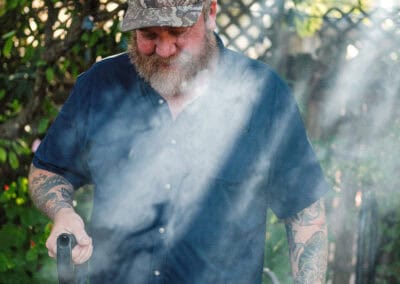
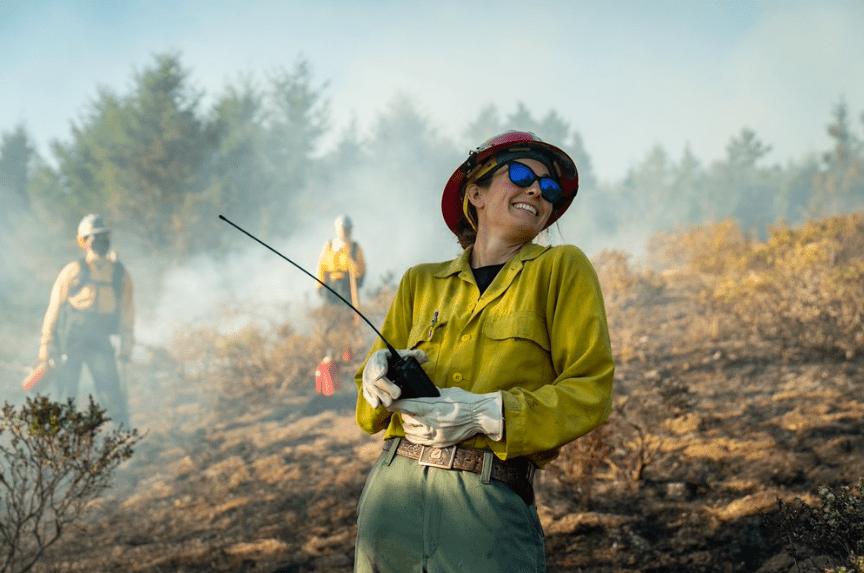
WORDS BY Lindsey Davis
PHOTOGRAPHY BY Sashwa Burrous
PRESENTED BY Mystery Ranch
In Euro-American history on the North American continent, fire has been viewed predominantly as an enemy to life, leading to over a hundred years of policies that promote its suppression and exclusion from land management practices. Much has been lost, as fire has played an integral role in the cultural practices of indigenous people and the flow of resources and nutrients in the landscape for thousands of years.
Sasha Berleman is a fire ecologist based in Oakland, California. She is the founding director of the Fire Forward Program at Audubon Canyon Ranch, a founding member of the Bay Area Prescribed Fire Council, and the co-chair of the Good Fire Alliance prescribed burn association. She has dedicated her life to figuring out how to fix our relationship with fire through the co-production of Indigeous and western knowledge, so fire can benefit habitat diversity, water quality and quantity, and the overall health of an ecosystem. Her entry into this expertise informs her approach: inclusive, empowering, and collaborative.
Where did this all start for you Sasha?
“I grew up in Southern California, an hour north of San Diego in what’s called the Inland Empire. It’s a valley surrounded by chaparral-covered mountains on all sides. I have distinct memories as a really small child of these huge wildfires burning all around our home. We never had snow days, but we did have smoke days where the air quality was too bad to go to school. I remember opening the front door and seeing our green lawn covered in white ash as though it had been snowing, and catching white ash in my hand. From ages four to six, I had this string of night terrors that I was trying to save my family from wildfire. So fire had a big influence on me as a little child in terms of both wonder and fear.”
What made you interested in pursuing this dual path of both fear and wonder with fire?
“In community college, an environmental science class I was taking had me become a docent at a nature preserve where I went through six months of training. I learned for the first time, in this Santa Rosa plateau docent training program, that fire had an incredibly valuable ecological role in the chaparral, in vernal pools and in the oak woodlands. There are fire dependent species up there on that plateau that will not germinate unless fire burns through it. The peoples Indigenous to that area and across California had been using fire as a tool for thousands of years. This felt like this a glimmer of hope that maybe there was something that could be done – if people had lived in this really positive way with fire for thousands of years and California needed fire to thrive, there must be some way that we could change our relationship with it in the modern era and have a more positive relationship.”
So you’re 19 years old and in an environmental science class where you get exposed to a way of reframing your entire perception of one of earth’s elements. What happened next?
“It wasn’t a totally clear path. I was convinced there was no way I was smart enough for any kind of hard-science profession. In my mind that was for really smart dudes who wore lab coats or something. So I transferred to UC Berkeley as a Peace and Conflict Studies major to try and go about it from a humanitarian angle. When I got to Berkeley, I actually hadn’t even known they had an actual fire program. When I arrived, and started taking classes I realized I loved learning about ecosystems and was thriving at it. After less than a semester, I dropped the thinking that I couldn’t do the actual science side and decided that whatever it was about this version of science worked for me.”
What did support look like in your life at this time? Was pursuing fire ecology something you could talk to your peers, friends and family about?
“My family didn’t come from any kind of forestry or land management background, so this was all pretty foreign. For years when I told people I was a fire ecologist, or studying to be one, I got a combination of people thinking I was throwing away my education or convinced I was a pyromaniac. I dealt with those questions for six years until 2017 when the Nuns fire burned through Sonoma County. It blew through a preserve I had been stewarding and left this beautiful oak woodland in the middle of our prescribed burn completely untouched. There were tiny three-inch flames that put themselves out in the middle of 60 mile per hour winds while the rest of the forest was torching. The story caught a lot of momentum and people were really fascinated by this tiny example of something different being possible.”
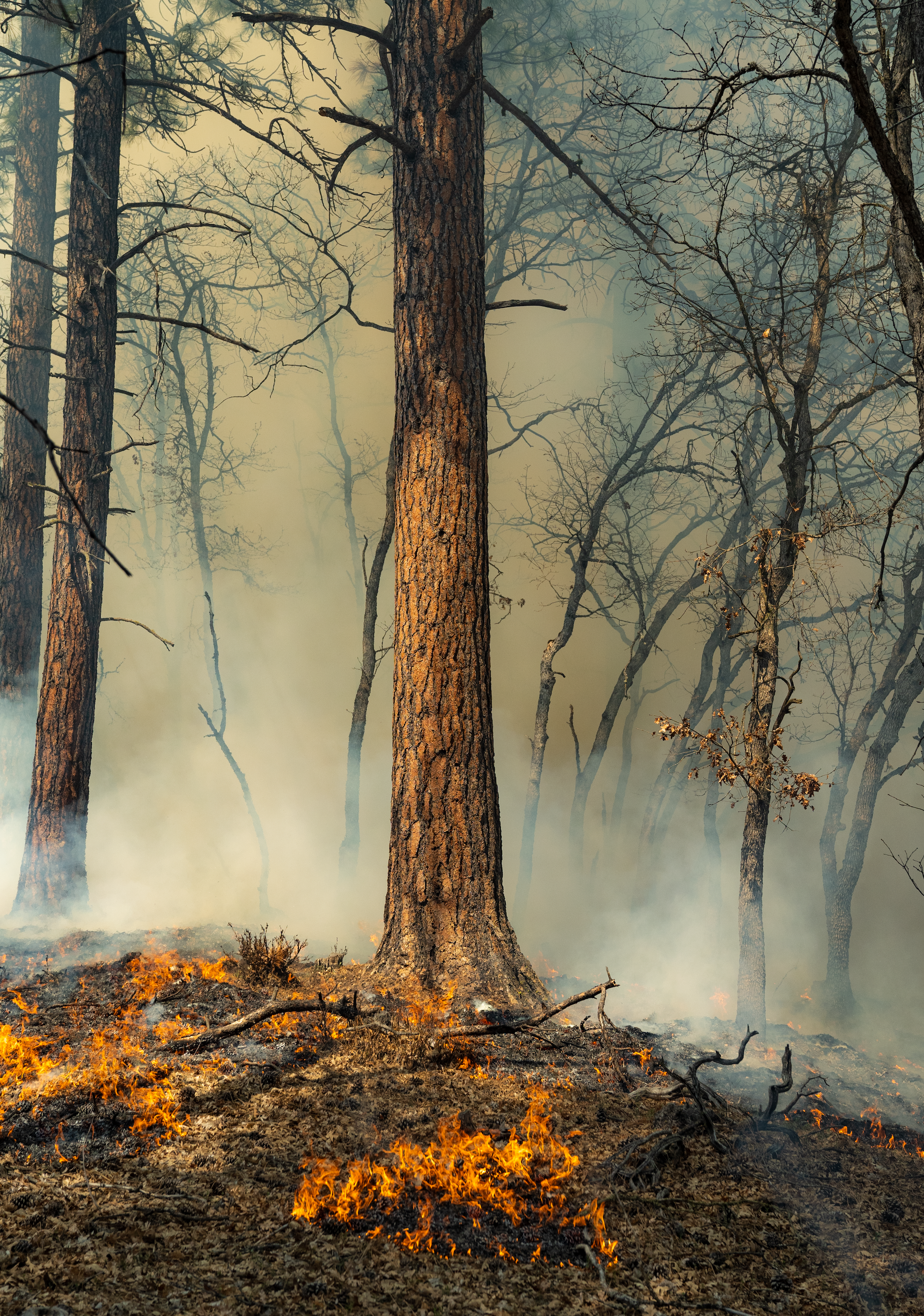
Do you remember a time when you were stopped in your tracks, looking at fire or the effects of fire on the landscape?
“One of the most rewarding and thrilling prescribed burns to date has been a relatively small one at the Martin Griffin Preserve. It has intact coastal prairie which is the most diverse grassland in all of North America, with only about 5% of it remaining. A lot of that is due to development, but much else is due to a lack of disturbance and the resulting type-conversion from grassland to shrub and then ultimately forest. This site had dense monocultures of encroached Douglas fir forest. This stand was so thick when we started working in it, we called it the Blair Witch project, because you couldn’t see ten feet in front of you through the thicket of branches. The firs were all crowding each other and dying.
We started thinning, and then did a prescribed burn. When we went back after the winter season had passed, we had an incredible understory of native bunch grass stands that were green, thriving and putting up seed – including one rare species that had not been seen there before the burn. It was so incredibly rewarding witnessing that dramatic change and immediate response toward a thriving coastal prairie in just one burn, through that one concerted effort giving the ground what it needed.
So what does your work look like today?
“Within the organization I work for, Audubon Canyon Ranch, we launched Fire Forward. It’s a capacity building program for prescribed burning. We do training and lead workshops – we’re identifying and overcoming, through action, gaps, hurdles and boundaries that keep people from doing prescribed burns, stewardship and land management that need to happen. We’ve identified a lot of things over time, but one early hurdle we faced was the need to gather equipment and create gear caches dedicated to prescribed burning across the region. There’s a ton of momentum right now, but no matter how big our cache gets it’s never going to be big enough to be able to meet the demand when we get that perfect burn window and everyone needs to burn at once. So we encourage and train people to get their own equipment now and show them how to use it.
We also were a founding member of the Good Fire Alliance – its a community network of neighbors and partners around the region coming together to get good fire on the ground. We’re everything from private landowners to people who work in ecology or land management and nonprofit organizations, to baristas and artists and computer coders and ranchers; all types. There’s a groundswell of people with hope for a better future, and a better way of living with fire who believe if we come together as a community, we can make it happen.”
Lately our program has also been focusing on expanding capacity by developing more leaders to carry this work forward. This year we launched a Fellowship program that is investing in the professional development of ten community partners toward leading in local fire management and stewardship. By the end of this year, these ten folks will be fully trained to be able to plan, coordinate and organize prescribed burns from beginning to end, which will hopefully mean ten times the number of burns that can be planned in this community in any given year.
What advice do you have for people who want to engage with fire stewardship?
Come on out! Join us on the ground. Get some training!
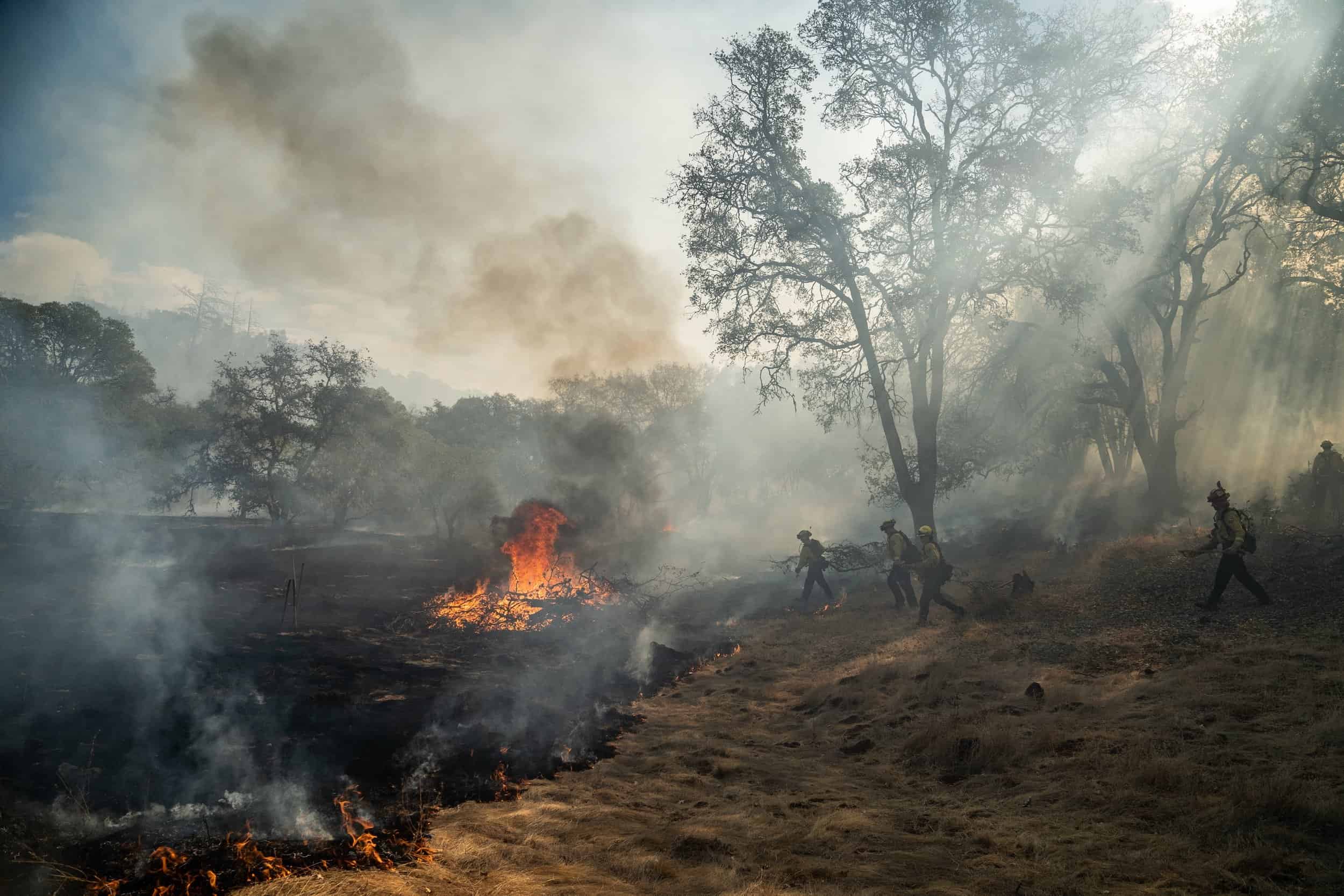
Related Stories

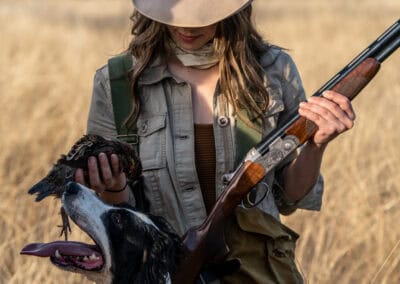

Latest Stories


